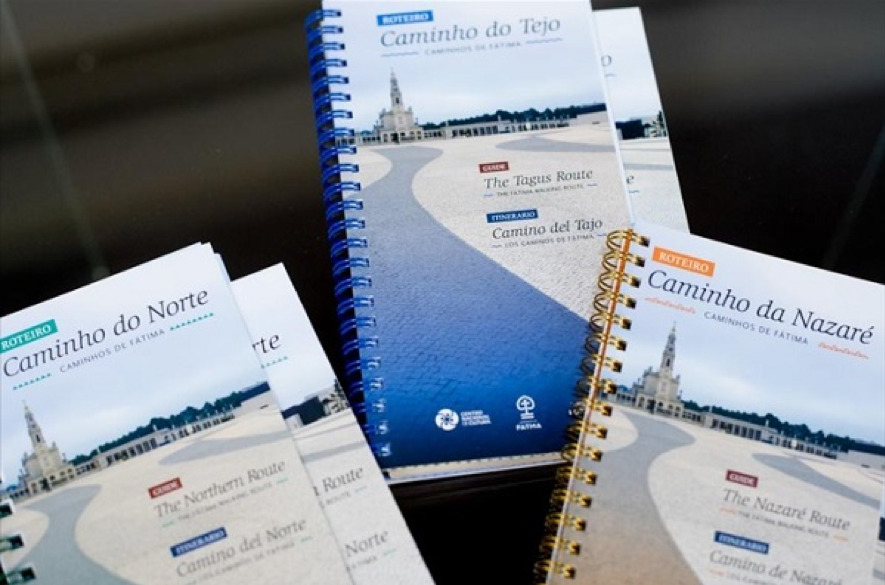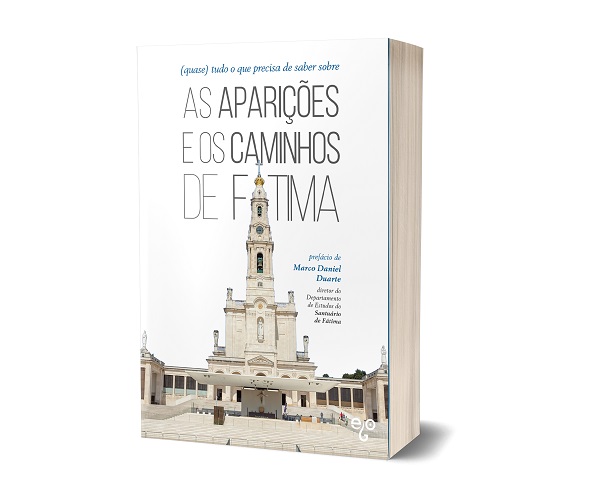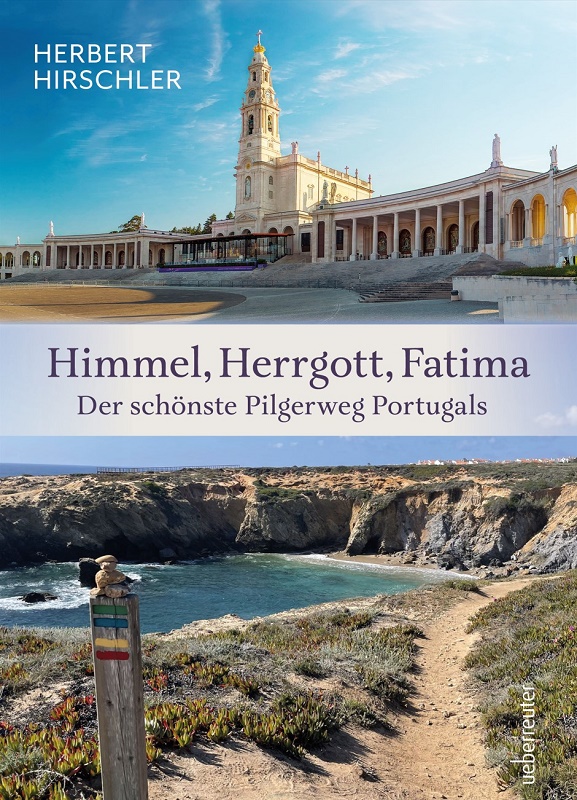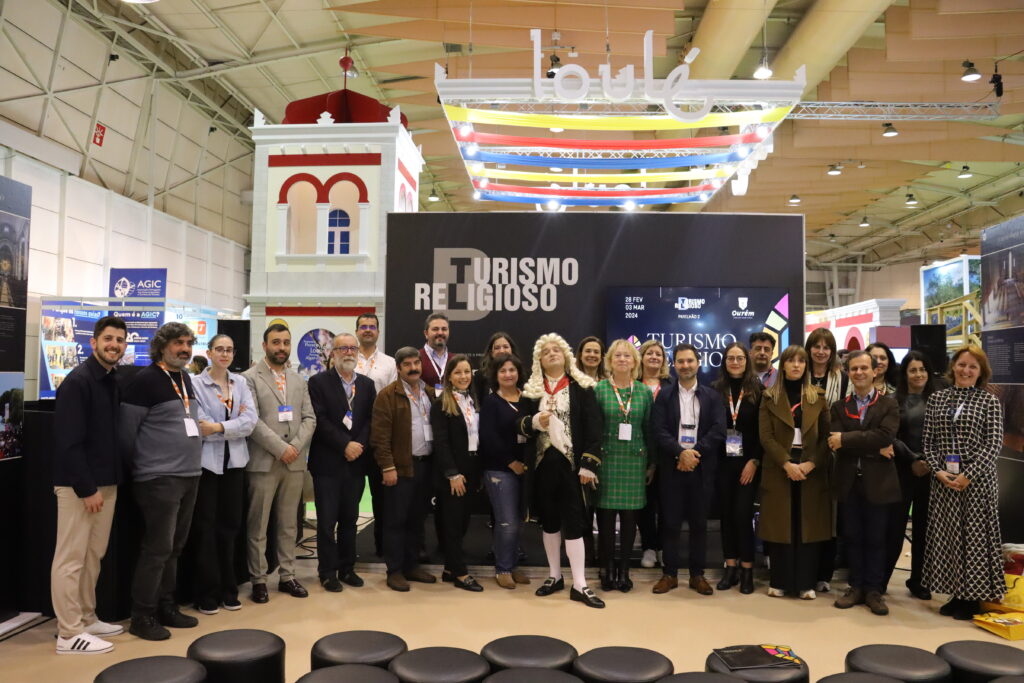The new Caminhos de Fátima guides reinforce safety and the connection to heritage

The guides are divided into the Tagus, Nazaré and Northern routes
Three new routes of the Ways of Fatima will reinforce the safety of pilgrims travelling to the shrine, enriching the experience with links to cultural and religious heritage, announced the rector of the Shrine of Fatima.
At the presentation of the “Caminho do Tejo”, “Caminho da Nazaré” and “Caminho do Norte” routes, which are part of the Caminhos de Fátima project of the Centro Nacional de Cultura (CNC), Carlos Cabecinhas emphasised the importance of enhancing the walk and the safety of pilgrims.
“The Sanctuary and the CNC want to provide a more pleasant and safer experience. We realise that those who come to Fátima are always looking for the shortest route to reach their destination, but the shortest route isn’t enough: it’s essential that it’s the safest. This concern has always been present in these routes,” emphasised the rector of the Shrine. In addition, the routes are “particularly relevant from a spiritual and cultural point of view” and are “an unequivocal sign of the growing importance that is being given to the paths that pilgrims take to come to Fátima”.
For the president of the CNC, Maria Calado, the focus on the routes is justified by the emotional connection to the place of worship. The institution was created on May 13, 1945, “when a group of Catholics came to Fátima on pilgrimage and, in the euphoria of the end of World War II and with the desire to internationalise culture, decided to create an organisation they called the Centro Nacional de Cultura (National Culture Centre)”.
Offering true spirituality, the routes are aimed at the Sanctuary of Fátima. Among them, the Northern Way is the longest, with around 370 kilometres, starting in Valença and largely coinciding with the Way of St James in the opposite direction.
“Those who walk this route get to know the history, life and culture of our country over the course of 17 journeys,” emphasised Maria Calado.
The rector of the Sanctuary of Fátima rejects the idea of “competition” with Santiago: “The pilgrimage centres are not in competition with each other. The fact that the roads to Fátima and Santiago coincide in many parts of Portuguese territory is an advantage and not a risk. It adds value to both pilgrimage centres.”
The itineraries, published in Portuguese, Spanish and English, will be distributed mainly through regional tourism organisations.
While she was out of the country, the Secretary of State for Tourism sent a message to Fátima emphasising the “emblematic” nature of the itineraries. Ana Mendes Godinho recalled that the Paths of Fatima are part of Turismo de Portugal’s Paths of Faith platform, which is “a way of affirming Portugal as a country that builds paths, finds solutions and where each one of us rediscovers ourselves in this world in permanent ebullition”.



